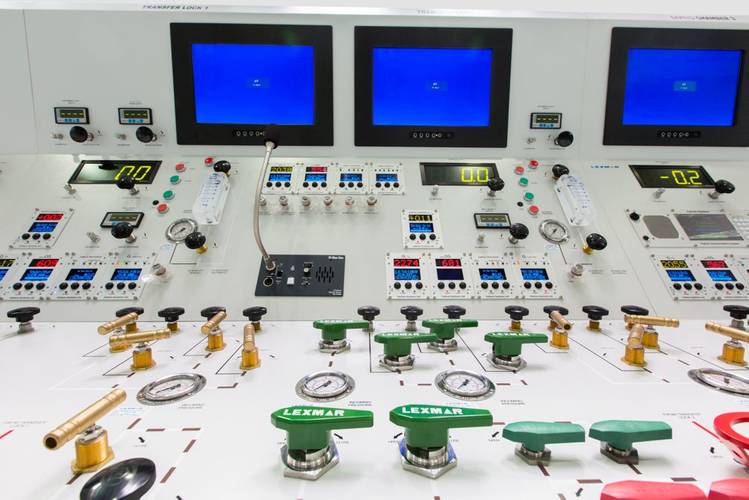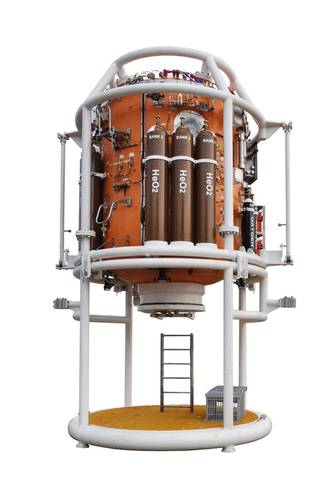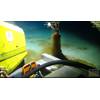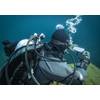Leading international classification society Bureau Veritas has issued a new Rule Note covering the Classification of Diving Systems, NR610, which sets out requirements for the classification of professional diving systems ranging from surface-supplied systems for shallow water diving to complex saturation systems for deep sea diving.
Although diving is considered as one of the more hazardous offshore activities, demand for diving services from the oil and gas industry as well as the emerging marine renewable energy sector remains strong, despite progress made by the use of underwater remotely operated vehicles (ROV).
The role of the classification society in diving is to support the diving industry to achieve a high safety level and to consistently implement regulations throughout the world. This is particularly vital for diving operations in countries with limited or no local regulation for working in hyperbaric conditions.
The rules deal with the main safety issues in diving, including human occupancy in pressurised chambers, supply and distribution of mixed breathing gas, safety of oxygen enriched environments, fire protection, fire-fighting and means for hyperbaric evacuation of divers in case of ship abandonment. The rules are fully consistent with the IMO Code of Safety for Diving Systems and adopt industry best practices, including the recommendations of the International Marine Contractors Association (IMCA) for diving systems and diving operations. The requirements have been developed with the aim of being compatible with the IMCA recommendations regarding the periodicity of in-service inspection and testing.
The Rule Note addresses the scheme of certification of the diving sub-systems, such as diving bells, deck chambers, launch and recovery systems (LARS) and self-propelled hyperbaric lifeboats (SPHL), and also provides detailed requirements for the design and construction of pressure vessels for human occupancy (PVHO), life support systems, including breathing gas supply, distribution and temperature control, as well as communication systems.
The new rules are currently being applied in a high specification dynamically positioned (DP3) newbuild diving support vessel (DSV) with integrated diving systems offering both saturation and surface-supplied diving capabilities.
• 



















 February 2024
February 2024



